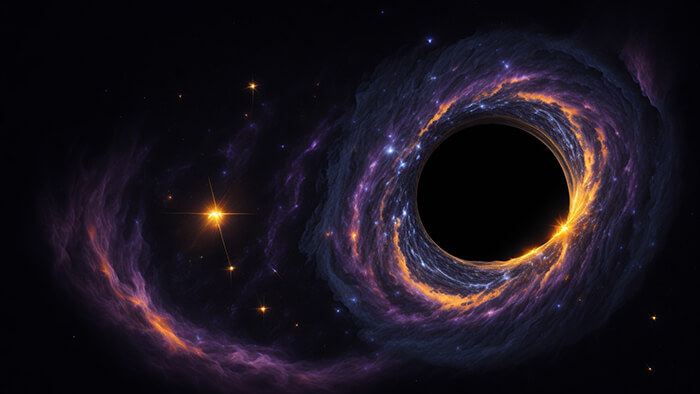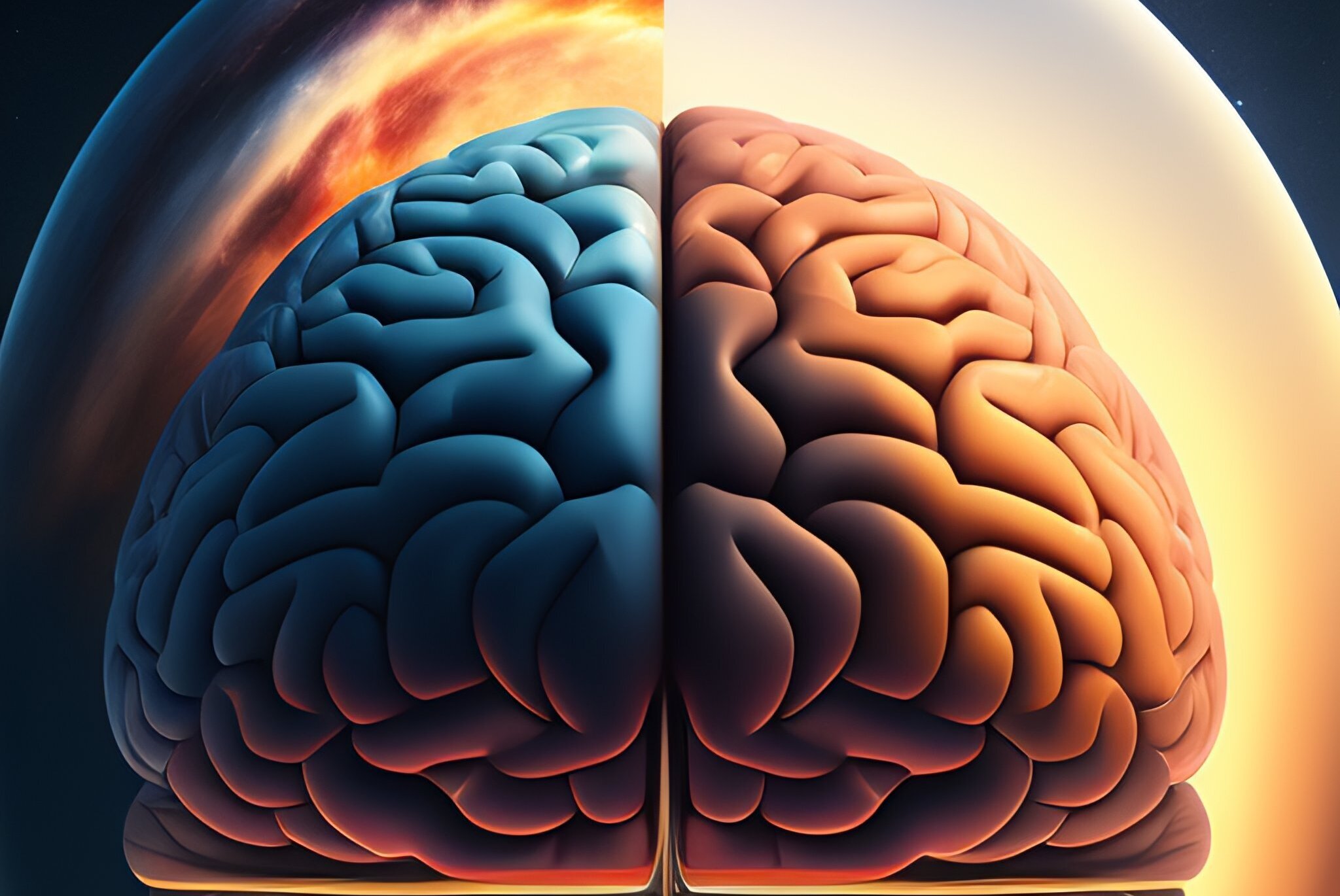The Mysterious World of Black Holes
What are black holes?
Black holes are regions of space where gravity is so strong that nothing, not even light, can escape. They can form when massive stars collapse at the end of their life cycle, or when a large amount of matter is squeezed into a tiny space. They can also grow by absorbing other stars and black-holes.
How do we find?
Black-holes are invisible to the naked eye, but scientists can detect them by observing how they affect their surroundings. For example, when a black hole and a star are close together, they form a system called a binary. The black hole can pull matter from the star into a disk around itself. This disk is heated by friction and emits high-energy radiation that can be seen by telescopes. Sometimes, the black hole can also launch powerful jets of particles from its poles that travel at near-light speeds.
Another way to find is to look for gravitational waves, which are ripples in the fabric of space and time caused by violent events such as black hole mergers. Gravitational waves were predicted by Albert Einstein’s theory of general relativity, but were only detected for the first time in 2015 by the Laser Interferometer Gravitational-Wave Observatory (LIGO). Since then, LIGO and other detectors have observed dozens of gravitational wave signals from black hole collisions.
How big and diverse are black holes?
they come in different sizes and types. The smallest ones are called primordial black-holes and may have formed in the early universe. They have masses ranging from a fraction of an atom to a mountain. The most common ones are called stellar black-holes and have masses up to 20 times that of the sun. They are scattered throughout the galaxies and can be found in binary systems or clusters.
The largest ones are called supermassive black holes and have masses millions or billions times that of the sun. They are believed to exist in the centers of most galaxies, including our own Milky Way. The supermassive black hole at the heart of our galaxy is called Sagittarius A* and has a mass of about 4 million suns. It is surrounded by a swarm of stars and gas that orbit it at high speeds.
Why are black holes important?
it’s not only fascinating objects, but also powerful laboratories for testing our understanding of physics. They challenge some of our fundamental concepts such as space, time, matter and energy. They also offer clues about the origin and evolution of the universe and its structures. By studying it, we can learn more about ourselves and our place in the cosmos.
Related Links:























